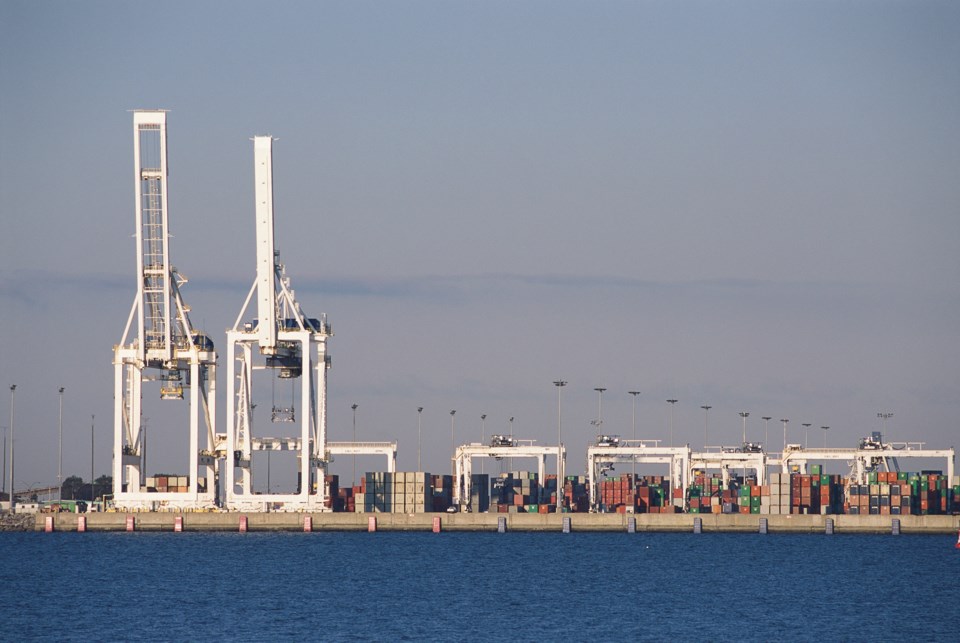The federal government recently approved an expansion of the megaport on Robert’s Bank down in the Lower Mainland.
The proponents were quick to heap praise.
It will “bolster our national supply-chain resilience,” said Robin Silvester, president and CEO of the Â鶹´«Ã½Ó³»Fraser Port Authority.
How exactly?
The port will do a number of things but first and foremost it will ensure those cheap imported goods get to your doorstep in less time and at lower cost.
Which is fine, I guess, until they don’t, and we suddenly discover we have zero capacity to take care of ourselves because our industrial capacity has been almost entirely out-competed and offshored.
Not once does the Federal Review Panel Report mention this in its 627 pages.
There is no acknowledgement that widening the floodgates of cheap offshore goods to the point we can’t- and don’t- manufacture basic consumer goods and tools in North America, might not be in our long-term national interest.
When our supply chains failed, that had nothing to do with the fact we didn’t have an expanded, automated port. It had everything to do with the fact we are almost entirely dependent on distant industries across an ocean and far away.
A situation that port expansions help cement.
You may dismiss this argument as windmill-tilting, but it needs to be said: port expansions further lock us into a fragile, energy-intensive system of globalized trade with many distant links in a chain we have no local control over.
Global trade of course is a fact of life. It will always exist. But the extent we facilitate this trade has massive downstream impacts on what kind of economy we have in Canada.
Too much of it and we undermine critical value-added homegrown industries that we need if things go sideways in China. Too much of it and our economy falls into the raw-resource export trap, where we become a powerless hinterland of extraction.
We shouldn’t be spending public money to make this worse, but we do.
Between 2009 and 2019, the Government of Canada spent something like $7.8 billion on this “Asia Pacific Gateway” to remove “bottlenecks” to the benefit of offshore manufacturers and raw resource exports.
More subsidies will be provided to facilitate the latest expansion, including great environmental sacrifices. The port is smack dab in the middle of an internationally significant migratory bird hotspot on the Fraser estuary. Fraser River salmon migrate right past this thing.
I’m not sure it’s worth it.
If that Adirondack chair your ordered, manufactured overseas out of an exported Canadian raw log no doubt, gets hung up in a congested port, maybe that’s not the end of the world.
Maybe someone local can build you one better.
James Steidle is a Prince George writer.



